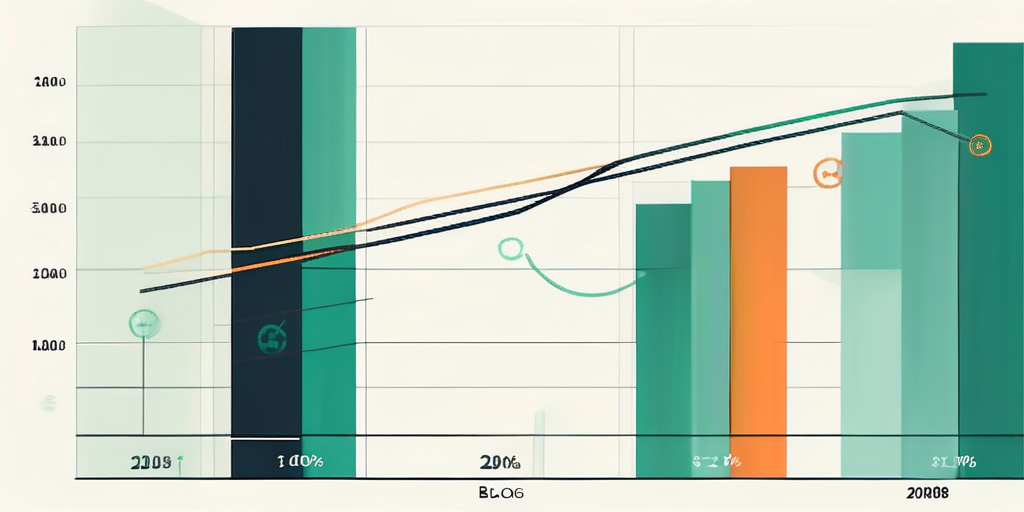Welcome, tax warriors! You’re about to embark on a thrilling journey through the wild and wacky world of marginal tax rates. Buckle up, because it’s going to be a roller coaster of numbers, percentages, and tax brackets. Exciting, right?
Now, you might be thinking, “What on earth is a marginal tax rate?” Well, my friend, you’re about to find out. And let me tell you, it’s more exciting than a double episode of your favorite reality TV show. So, grab your calculator, put on your thinking cap, and let’s dive in!
What is a Marginal Tax Rate?
Imagine you’re at a party. The music is pumping, the dance floor is packed, and you’re having a great time. Suddenly, the DJ announces a dance-off. The rules? The more you dance, the more you have to pay. That’s right, every extra dance move costs you a little more. That’s basically how a marginal tax rate works. It’s the tax you pay on the last dollar you earn. The more you earn, the more you pay. Fun, right?
Now, don’t get me wrong. I’m not saying that earning more money is a bad thing. I mean, who doesn’t want a bigger paycheck? But in the world of taxes, more money means you’re moving up in the tax brackets. And moving up in the tax brackets means you’re paying a higher marginal tax rate. It’s like a never-ending game of snakes and ladders, but with more paperwork.
The Tax Brackets
Speaking of tax brackets, let’s take a closer look at these bad boys. In the U.S., we have seven tax brackets. Yes, seven! It’s like a rainbow of tax rates, ranging from 10% to 37%. And just like a rainbow, it’s full of surprises. For example, did you know that the tax brackets are adjusted every year for inflation? That’s right, they’re not set in stone. They’re more like moving targets. So, keep your eyes peeled!
Now, you might be wondering, “How do I know which tax bracket I’m in?” Well, it’s not as simple as looking at your paycheck. Your tax bracket is determined by your taxable income. That’s your gross income minus any deductions and exemptions. So, even if you’re raking in the big bucks, you might not be in the highest tax bracket. It all depends on your deductions and exemptions. It’s like a game of hide and seek, but with numbers.
Calculating Your Marginal Tax Rate
Okay, so you know what a marginal tax rate is and you know about the tax brackets. But how do you calculate your marginal tax rate? Well, it’s as easy as pie. And by pie, I mean a complex mathematical formula. But don’t worry, I’ll walk you through it.
First, you need to figure out your taxable income. That’s your gross income minus any deductions and exemptions. Then, you need to find out which tax bracket you’re in. Once you know that, you can find out your marginal tax rate. It’s the tax rate for your tax bracket. So, if you’re in the 22% tax bracket, your marginal tax rate is 22%. Easy peasy, right?
Why Does the Marginal Tax Rate Matter?
Now, you might be thinking, “Why should I care about my marginal tax rate?” Well, my friend, your marginal tax rate is like your tax compass. It can help you navigate the tricky waters of tax planning and decision making. For example, if you’re considering a job offer with a higher salary, you might want to consider your new marginal tax rate. Will the extra income push you into a higher tax bracket? If so, will the extra tax outweigh the extra income? It’s like a game of chess, but with more dollar signs.

But that’s not all. Your marginal tax rate can also affect your investment decisions. For example, if you’re considering an investment that will generate taxable income, you might want to consider your marginal tax rate. Will the extra income push you into a higher tax bracket? If so, will the extra tax outweigh the potential return on investment? It’s like playing poker, but with more spreadsheets.
Job Decisions and Marginal Tax Rate
Let’s say you’re considering a job offer with a higher salary. Sounds great, right? But wait! Before you start planning your next vacation, you might want to consider your new marginal tax rate. If the extra income pushes you into a higher tax bracket, you might end up paying more in taxes. So, even though your paycheck is bigger, your take-home pay might not be. It’s like getting a bigger piece of cake, but with less frosting.
Now, I’m not saying you should turn down a job offer just because of the tax implications. But it’s something to consider. After all, it’s not just about how much you earn, it’s about how much you keep. And when it comes to taxes, every dollar counts. It’s like a treasure hunt, but with more calculators.
Investment Decisions and Marginal Tax Rate
Now, let’s talk about investments. If you’re considering an investment that will generate taxable income, you might want to consider your marginal tax rate. If the extra income pushes you into a higher tax bracket, you might end up paying more in taxes. So, even though your investment is generating income, your net return might not be as high as you think. It’s like finding a pot of gold, but with less gold.
Again, I’m not saying you should avoid investments just because of the tax implications. But it’s something to consider. After all, it’s not just about how much you earn, it’s about how much you keep. And when it comes to taxes, every dollar counts. It’s like a game of Monopoly, but with real money.
Conclusion
Well, there you have it, folks. You’re now a certified expert in marginal tax rates. You know what they are, how they work, and why they matter. You’re ready to tackle your taxes like a pro. So, go forth and conquer! And remember, when it comes to taxes, knowledge is power. And laughter is the best medicine. So, keep learning, keep laughing, and keep crunching those numbers. You’ve got this!
And remember, the world of taxes is full of surprises. So, stay curious, stay informed, and stay prepared. Because when it comes to taxes, the only constant is change. And the only limit is your imagination. So, dream big, plan wisely, and may the tax force be with you!


